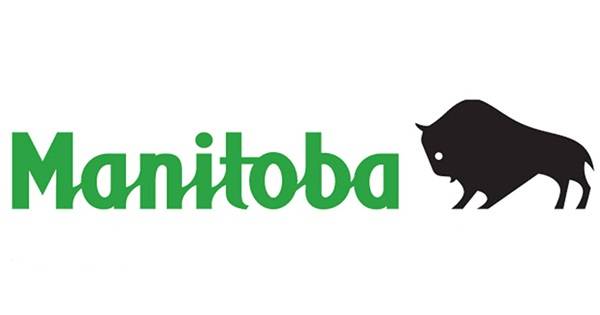Hoof Health and Nutrition: Ensuring the Well-Being of Your Cows
Proper hoof health is essential for the overall well-being of dairy cows. Many factors can influence the health of a cow’s feet, including management practices, genetics, and nutrition. By implementing a comprehensive hoof health and nutrition program, dairy farmers can help prevent and reduce foot problems in their herds.
Management Practices for Hoof Health
One of the key management practices that can contribute to healthy hooves is providing a well-drained environment for the cows. This helps reduce the risk of foot infections and diseases caused by standing in wet or muddy conditions. Additionally, ensuring that stalls are of adequate size and regularly cleaned can help prevent hoof problems.
Foot baths are another important management tool for maintaining hoof health. Regular foot baths with disinfectants can help prevent and control infectious diseases that affect the hooves. Annual foot trimming is also essential to prevent overgrowth and maintain the correct balance of the hooves.
Following recommendations for flooring materials is crucial for the health of your cows’ feet. Proper flooring can help reduce the risk of injuries and promote good hoof health. By implementing these management practices, dairy farmers can create a conducive environment for healthy hooves.
Genetic Selection for Hoof Health
While some progress can be made through genetic selection, the heritability of hoof health traits is very low. It is important for dairy farmers to prioritize management practices and nutrition to maintain optimal hoof health in their herds. Genetic selection should be used as a supplementary tool to improve overall herd health.
Nutrition and Hoof Health
Nutrition plays a crucial role in the prevention of foot problems in dairy cows. Proper feeding practices can help reduce the risk of laminitis, one of the primary causes of hoof problems in cows. Rations that are too high in energy and too low in fiber can increase the risk of laminitis. To prevent this condition, dairy farmers should:
– Keep the grain portion of the diet at less than 60% of total dry matter intake.
– Avoid feeding more than 6 pounds of grain in one feeding.
– Feed forage before grain if not using a Total Mixed Ration (TMR).
– Consider using buffers to limit the acid level in the rumen.
In addition to proper feeding practices, dairy farmers should ensure that their cows’ diets are balanced with essential nutrients for hoof health. Some key nutrients that play a role in hoof health include:
– Sulphur: Levels should be at 0.2% of the diet dry matter to ensure an adequate supply of methionine, an essential amino acid for hoof health.
– Zinc: Levels should be at least 40-50 mg/kg of diet dry matter to support enzyme systems responsible for maintaining foot health.
– Copper: Levels should be at least 15 mg/kg of diet dry matter, with higher levels required if molybdenum levels are high. Copper is essential for collagen production, which is crucial for the connective tissue in the foot.
By ensuring that their cows receive a balanced diet with the necessary nutrients for hoof health, dairy farmers can help prevent and reduce foot problems in their herds.
Conclusion
Hoof health is a critical aspect of dairy cow welfare, and proper management practices and nutrition are essential for maintaining healthy hooves. By providing a well-drained environment, adequate stall sizes, foot baths, and annual foot trimming, dairy farmers can reduce the risk of hoof problems in their herds. Genetic selection and proper nutrition also play important roles in preventing foot issues such as laminitis. By implementing a comprehensive hoof health and nutrition program, dairy farmers can ensure the well-being of their cows and optimize herd health and productivity.




